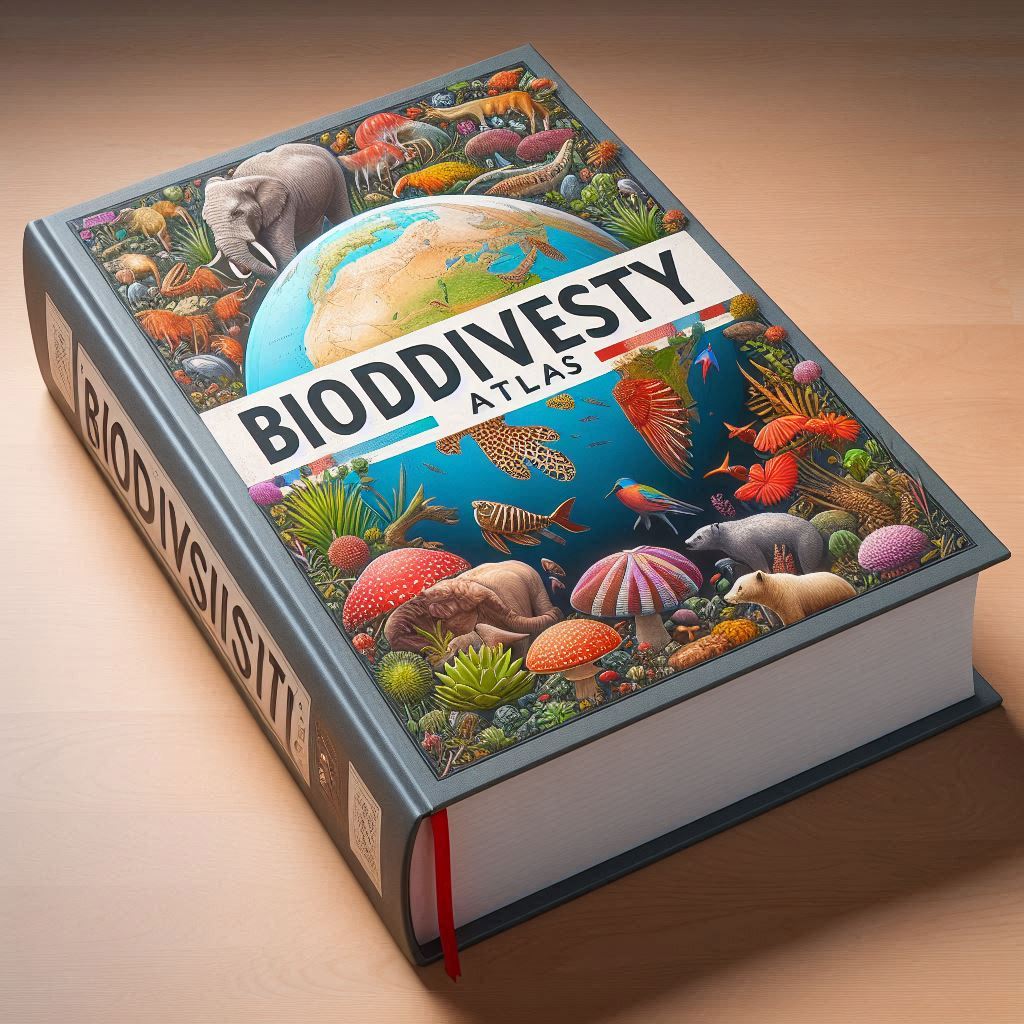The biodiversity of our country has not yet been sufficiently studied: a full inventory of flora and fauna has not been conducted at the national and regional levels. Even many reserves and national parks cannot boast of knowing what they preserve on their territory. In Russia, official statistical indicators of the state of biodiversity are also collected very fragmentarily. This applies to wildlife resources (the forest inventory does not cover other types of vegetation, and the hunting inventory covers no more than 30 species of animals). The statistical indicators of the Land Cadastre do not accumulate data on soil fertility and soil biota, and fish stocks are taken into account only in areas with developed fishing). At the same time, the collection of primary data on the state and use of wildlife and the impact of various factors on them is not provided in Russia by a permanent observation network (except for the state system of specially protected natural areas).
This section of BioDat brings together fragmentary information materials that characterize the state of living nature objects. It contains information products – databases, tables and text documents, cartographic systems and map arrays. Living nature objects are complex and dynamic. Only collective knowledge, and not just “official statistics”, gives a reliable idea of them. BioDat presents not only official materials (National Biodiversity Report, national thematic reports for the Secretariat of the Convention on Biological Diversity, etc.), but also the results of research and generalizations of individual specialists. First of all, this is information on the distribution of plants, fungi and animals . This section of BioDat will be supplemented by data from individual biologists who find it possible to publish the results of their research for the scientific community . By combining disparate observation results, the overall result will reflect the experience of the entire research community. The Atlas of Biodiversity of Northern Eurasia shows that individual, often fragmentary, observations can provide new knowledge when they are placed in a spatial (map) or temporal (dynamic series) context. The list of flora of a specific reserve in itself carries a minimum of knowledge if it cannot be compared with the lists of flora of other reserves, scientific stations or traced in the dynamics of changes in the floristic composition of the reserve in connection with the adoption of this territory under protection many years ago. The presented information resources are largely oriented towards their use in the practice of wildlife conservation and are adapted for these purposes.
Atlas Sections:
- State of biodiversity of natural ecosystems in Russia
- Flora and fauna (nature reserves, federal subjects, natural areas)
- Habitats of animals and plants
- Game mammals
- Introduced species ( animals and plants )
- Productivity of Northern Eurasia ecosystems
- Waterfowl resources of Russia
- Materials on the abundance of birds in the forest zone of the West Siberian Plain
- Biodiversity of the Far East region
- Regional flora and fauna
- Phenology – flowering of bird cherry
- Humus Reserves Database
- Database of ecosystems of Eurasia, North and South America, Africa and Australia

